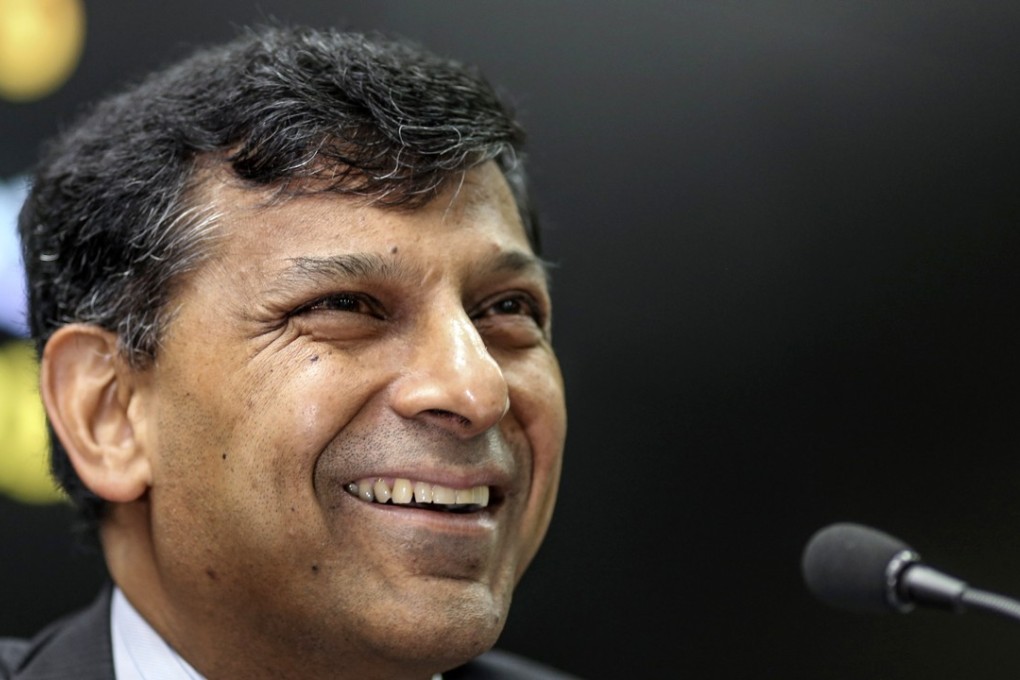Opinion | Asia’s 2008 seer is worried all over again
Indian economist Raghuram Rajan, who correctly called the subprime crisis, is worried about growing imbalances and the possibility of another global shakeout

In 2016, around the time Britons were dealing with “Brexit” trauma, Indians were bracing for “Rexit”.
The reference here is to Raghuram Rajan, the then-outgoing Reserve Bank of India governor. Previously, Rajan was chief economist of the International Monetary Fund from 2003 to 2007. His real claim to fame, though, was so vocally predicting the subprime crisis. Rajan was dismissed as a Chicken Little – until Lehman Brothers collapsed in 2008, vindicating him.
In 2013, he returned home to steer India around the “taper tantrum” devastating emerging markets. He quickly tamed inflation, steadied the rupee and stabilised banks. Rajan reassured credit-rating companies tempted to slap a “junk” label on India. In September 2016, he stepped back into the private sector – to the University of Chicago.
Last week, Rajan re-entered the fray with a fresh warning that should worry Asia: complacency and boosterism have returned to the world’s biggest economy.
Rajan hasn’t lost his keen sense of timing. The October 11 piece dropped just as finance ministers, central bankers and financiers from around the globe were in Bali for the annual meetings of the IMF and World Bank. Only this time, it’s impossible to swat away his concerns, not with the Indian rupee, Indonesia rupiah and Philippine peso in virtual free fall.
President Trump’s bizarre “crazy” attack on the Federal Reserve chairman he hired in February only added to the air of chaos. US Treasuries are the linchpin of global finance. The last thing export-reliant Asia needs is for Trump to be bashing the guardian of the reserve currency. The same goes for, in Rajan’s words, “Trump’s threats to trade” via escalating tariffs.

